When I follow up with the interviewers to ask for feedback on my interview and why I have not been hired, I have heard everything including: “you are overqualified” to “under qualified” to “you need Canadian experience” to “you have too much Canadian experience” to “you are not a good fit”. I am confused because have all the experience, skills, education and qualifications required in the job description! What is wrong with me? What does “you are not be a good fit” even mean?
Signed: Fit and Ready
Dear F&R:
The JVS’ Toronto’s counsellors whom I consulted on this question emphasized the importance of understanding that each organization has its own culture. A company’s culture can make or break the hiring decision. As a job seeker and future employee, I would explore the following:
1. Study the company’s culture prior to the interview.
This will help you read between the lines of the interviewer, and better answer the questions. Each organization and company has its own culture, which includes the company’s norms, values, how they spend their money and budgets, how they hire, their interview style, right down to the design of the interior and exteriors of their offices or buildings.
2. Understand your own preferred working style.
If you thrive in workplace environments with structure and order, and you interview in one of those IT companies which are known for their creative atmospheres, which is completely opposite to your natural style, you might find it a challenging place to work. Most likely, the interviewers will pick that up.
3. Research the company on social media.
Use LinkedIn, Facebook and Twitter to learn about the company and connect with employees. Find out as much as you can about the culture and systems including the dress code, management style, and the history of the company. Read the company website and learn about other employees and company information on the website and LinkedIn. Follow the companies. Consider cold calling employees for an information interview on the phone or in person. Research any media coverage or newsletters on the Internet.
4. Drop in.
Visit the company office in advance. Observe the décor, the art work, the floors, the marketing materials, and brochures, if possible. See if the employees are happy? Are the phones ringing? How’s the bathroom? Is it clean? Are the offices messy? Disorganized? Is it a corporate environment? What kind of computer stations are there for the employees? Do people work from home? You can ask these questions in an information interview or through Twitter as well.



Leave a Reply